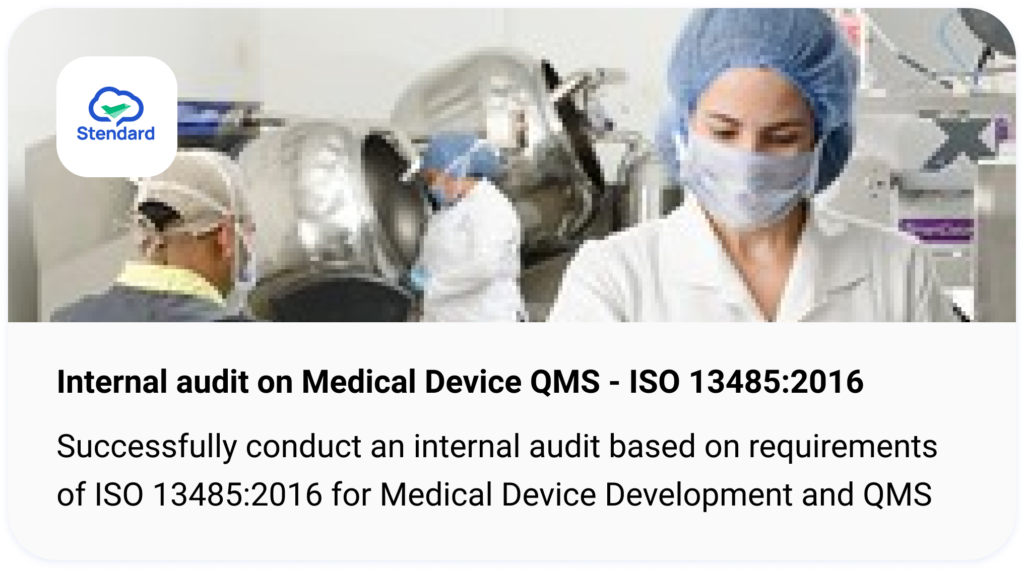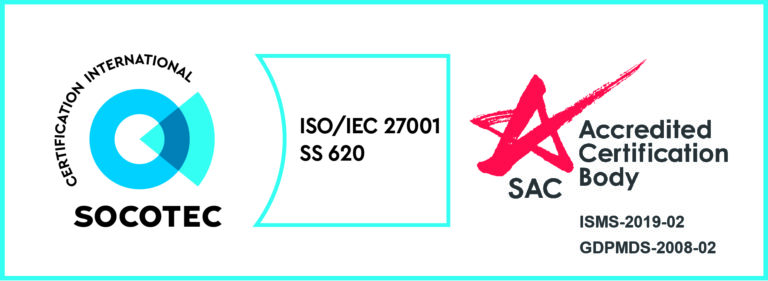An organisation usually requires strategic planning to help position its business competitively and enhance customer satisfaction to drive profits. To achieve that, they typically adopt the Plan Do Check Act (PDCA) cycle for continuous improvement.
PDCA cycle, also known as the Deming wheel, Shewhart Cycle, Control Cycle and Plan Do Study Act (PDSA), is a scientific method and iterative process to address, analyse, solve problems and improve operations.
Suppose your organisation has been certified to any management system standards such as ISO 9001, ISO 13485, ISO 22000, ISO 27001, and ISO 45001 or is trying to comply and obtain certification to the abovementioned standards. In that case, the Plan Do Check Act cycle will be applicable to ensure your customers’ satisfaction and improvement in process performance leading to quality progress for the products and services that your organisation is providing.
In this article, we shall dive further to understand the PDCA cycle usage better.
What is the Plan Do Check Act process?
The PDCA approach consists of a four-step model for implementing change. The PDCA cycle should be a continuous process that is adopted repeatedly. The Deming Cycle has become a crucial component of what is now referred to as the six sigma lean management for business processes.
Also, Deming replaced the Plan Do Check Act (PDCA) cycle with the Plan Do Study Act (PDSA) cycle as he felt that the word ‘study’ placed more emphasis on analysis than on inspection as compared to ‘check’.

Both PDCA and PDSA cycles do not differ significantly as organisations may use them interchangeably with the common goal of improving processes. It is noted that the Plan Do Study Act methodology may be applicable if your organisation wishes to adopt the approach to analysing issues and problems in depth.
Plan Do Check Act Cycle
The four stages of the PDCA model allow an organisation to view the issues’ root cause and decide on which solutions to implement, and constitutes the following:
Plan
In the planning phase, it is essential to identify the core problem, collect related resources and solve the root causes. Organisations need to determine the objectives they want to achieve for the change. For example, they need to devise an initial plan to experiment with various processes to see if they will improve the performance and deliver the desired outcomes.
DO
The next stage is the do phase. For this phase, the organisation needs to test the change and conduct a small-scale study in a controlled environment. The purpose of incorporating the plan in such an environment is to prevent additional unpredicted problems from arising. For instance, you can execute the pilot project within a department first and gather the results to measure its effectiveness before implementing the plan in the whole organisation to prevent minimal disruption to the business.
Check
In the PDCA cycle check phase, the pilot project results are analysed against the objectives they set in the planning stage to determine if the change is successful. If the evaluated change is not adequate, you might need to repeat the whole PDCA cycle. This is important if you want a clear strategy that prevents recurring errors and effectively implements continuous improvement.
Act
Finally, the Act phase entails making modifications and remedial actions to carry out the improvement project on a grander scale. After passing the Plan, Do and Check stages, you can implement your initial plan to improve processes. After which, this will be set as the new baseline for future improvement as the PDCA cycle is an iterative loop.

Why is PDCA important?
The PDCA cycle is vital for its model in aiding decision-making and attaining goals for the business. Your organisation can improve the work process by adopting the PDCA model, whereby continuous feedback on planning, doing, checking and acting before implementing projects brings about effective change.
Applying the Deming cycle on a small scale first allows for slight, steady improvement and a waste reduction when you notice mistakes earlier.

Who popularised the Plan-Do-Check-Act Cycle?
The PDCA process was established and made famous in the 1950s by William Edwards Deming and is therefore also known as the Deming wheel or Shewhart cycle, named after his mentor. William Edwards Deming is known to be the father of modern quality management.

When to use PDCA?
The PDCA process can be used in various industries when your organisation wants to improve new processes, refine current work processes or implement any change. Companies can adopt this methodology to help them manage change effectively since this framework operates cyclically for continuous improvement. It allows for corrective action within each loop before incorporating transformation into the whole corporation.
The PDCA cycle is also used to implement the Total Quality Management or the Six Sigma initiative. It provides the foundation for data gathering and statistical analysis to confirm and rank concerns before the initiation of change to guarantee quality progress.
What are the 4 steps in the quality improvement cycle?
The four steps of the quality improvement cycle are stated below:
- Identify – Identify the areas we wish to improve on;
- Analyse – Recognise the issue;
- Develop – Think about potential strategies that might solve the issue; and
- Test/ Implement – Check whether the proposed strategy improves the process. Determine whether to execute, alter, or discard the solution in light of the findings.
Similar to the PDCA and PDSA cycle, your organisation may apply the above four steps for quality improvement.
Conclusion
In conclusion, the PDCA cycle is a helpful framework that can aid your organisation in problem-solving more effectively. Besides being an improvement methodology, it can examine various potential solutions and evaluate them in a controlled environment before adopting the best resolution on a big scale.
Most importantly, the PDCA process is fundamental to Total Quality Management, which has adopted many international management system standards. Having a sound quality management system will be favourable for your organisation.
If your organisation is looking to adopt the PDCA methodology while ensuring compliance with your management system standards, Stendard Solution™, our electronic quality management system platform, can help you facilitate the adoption of the PDCA cycle in your organisation. Feel free to reach out to us for further enquiry.





